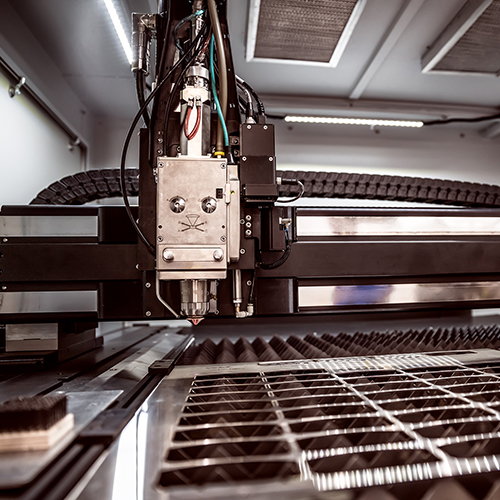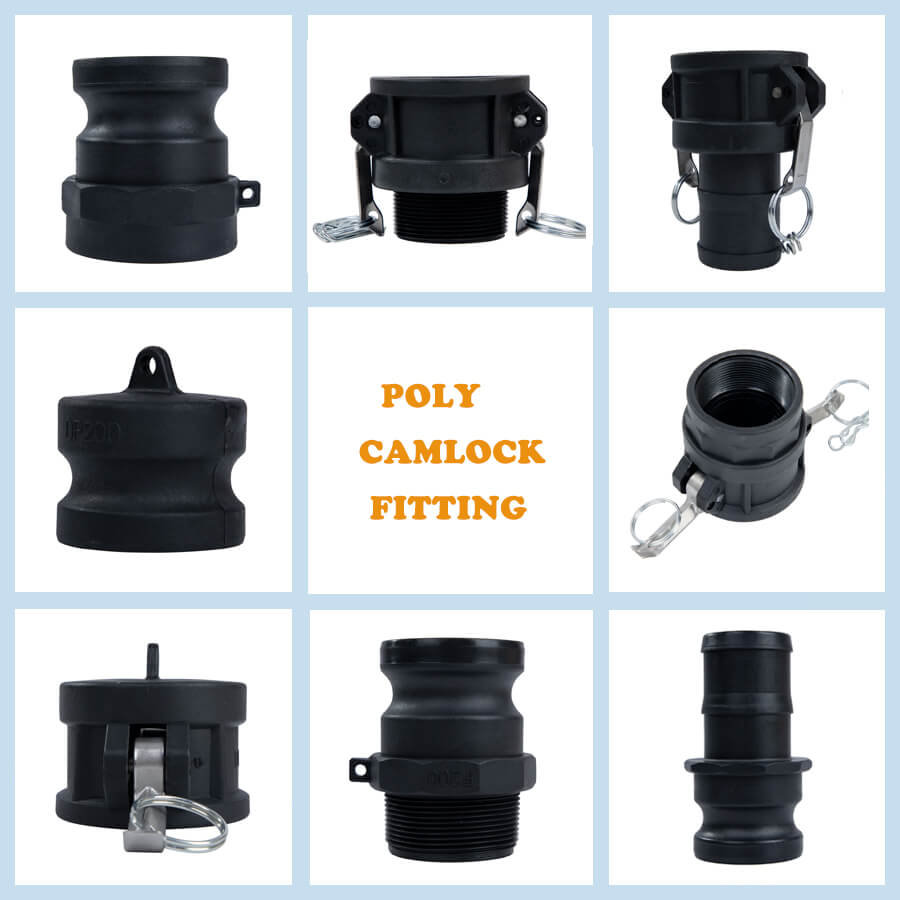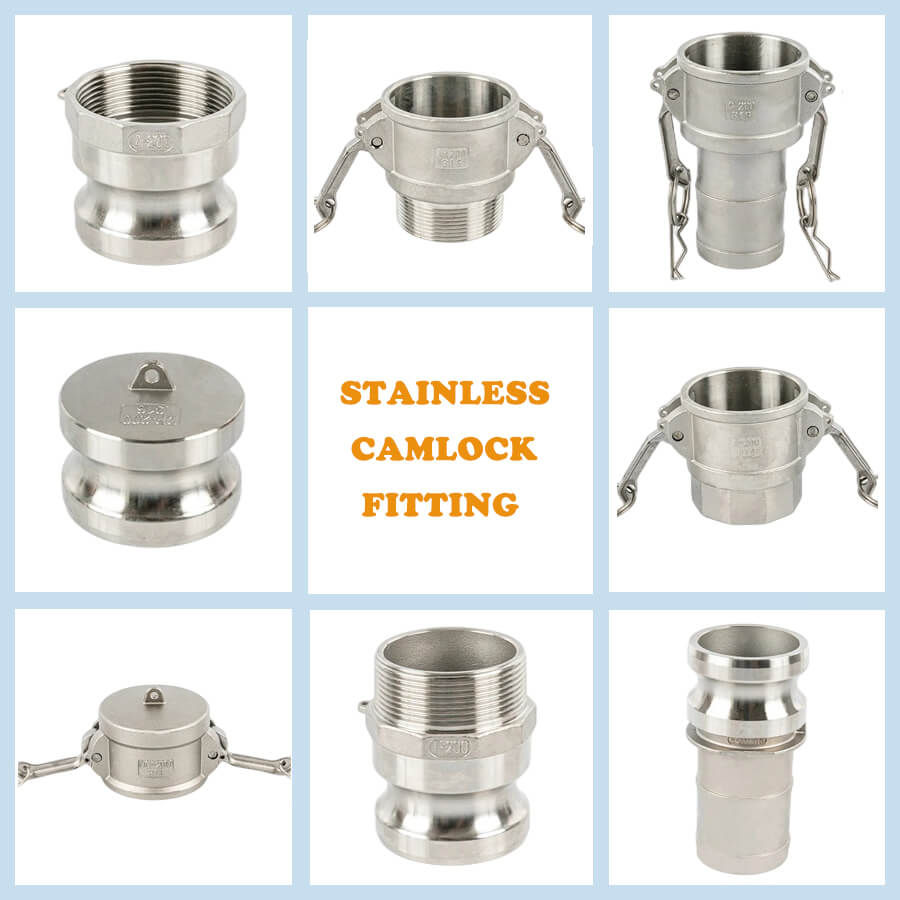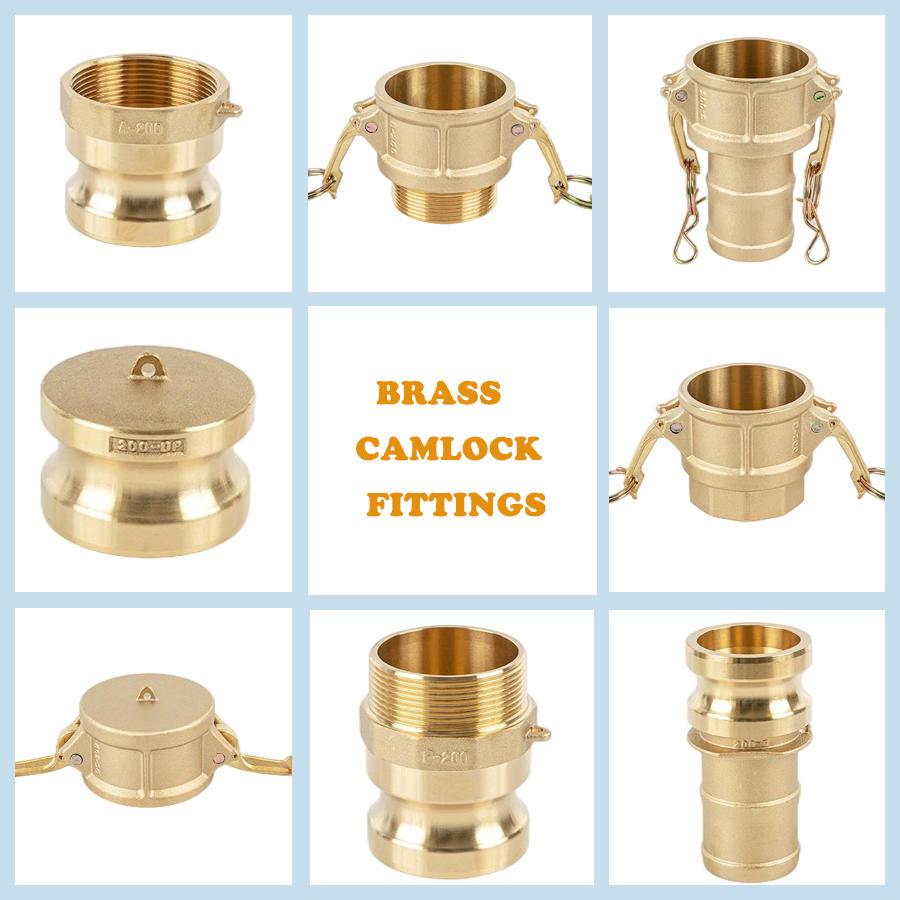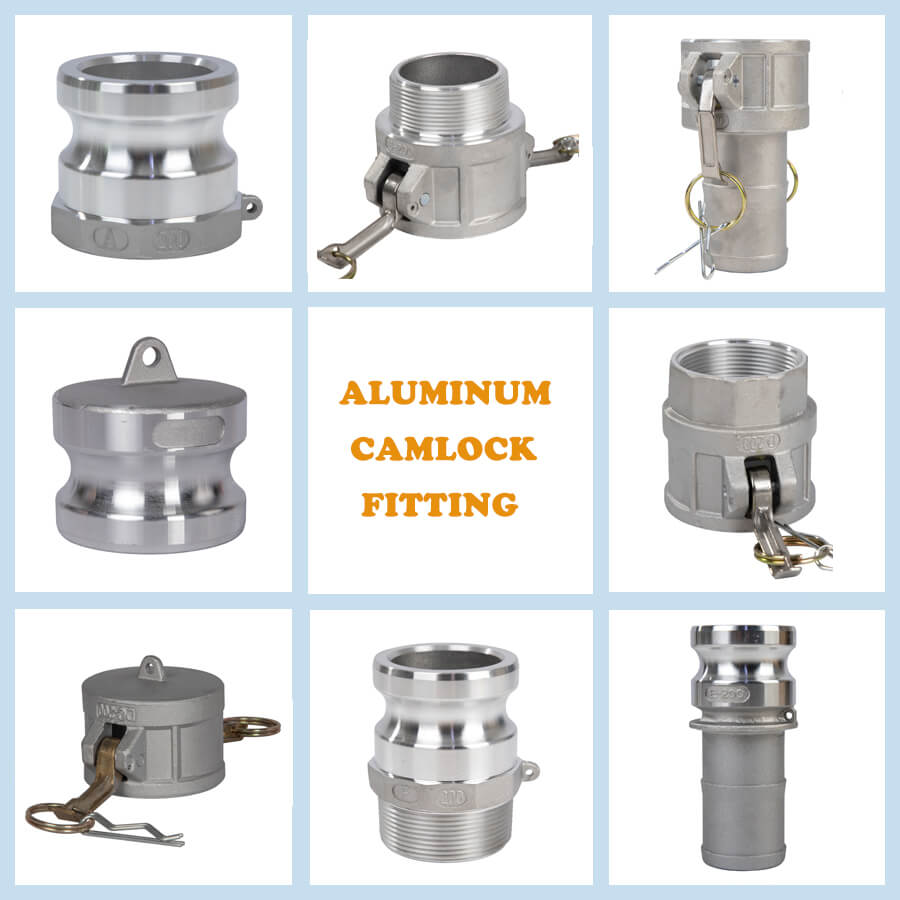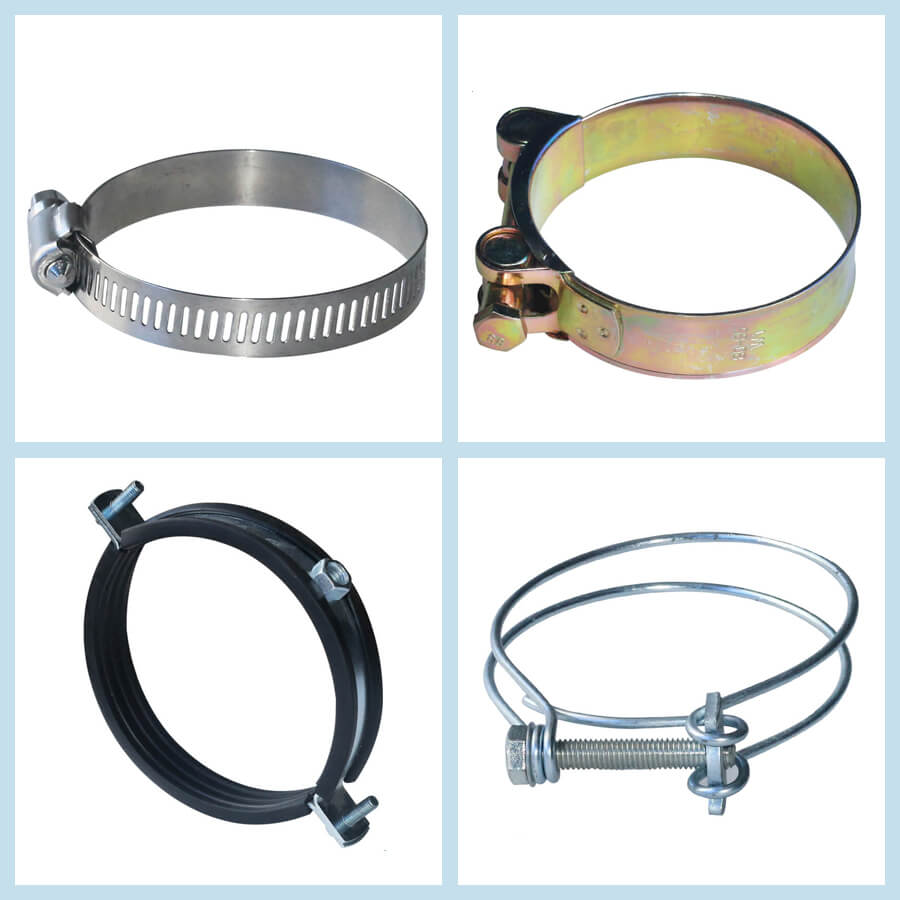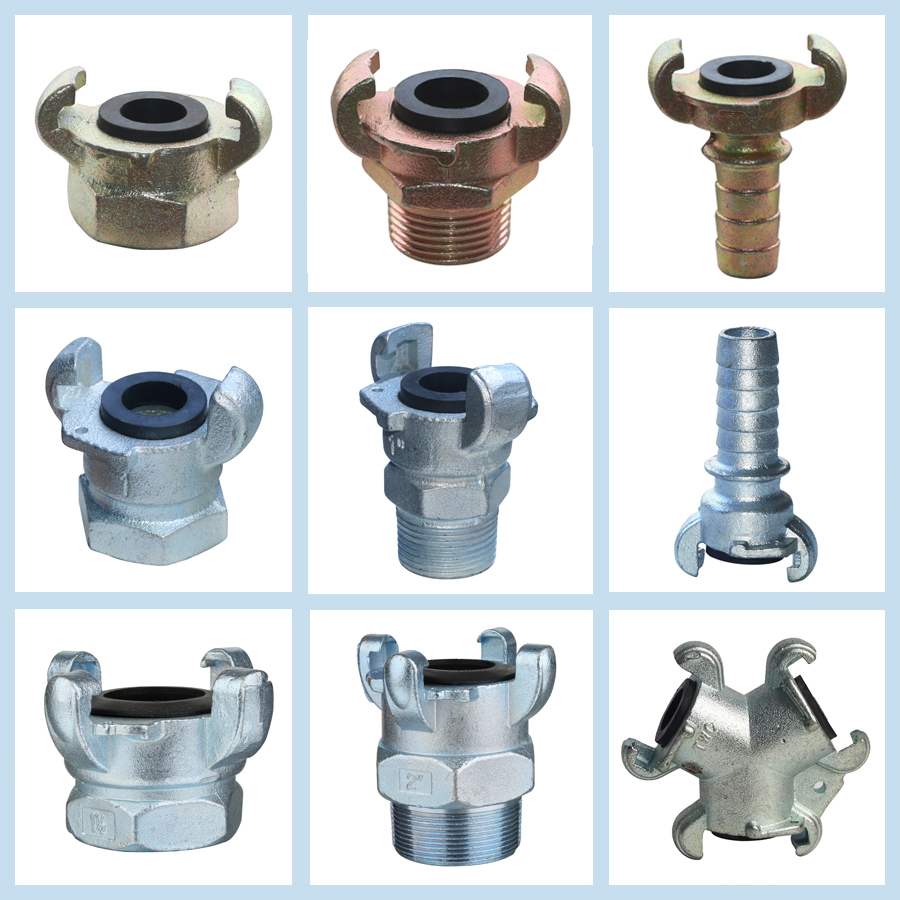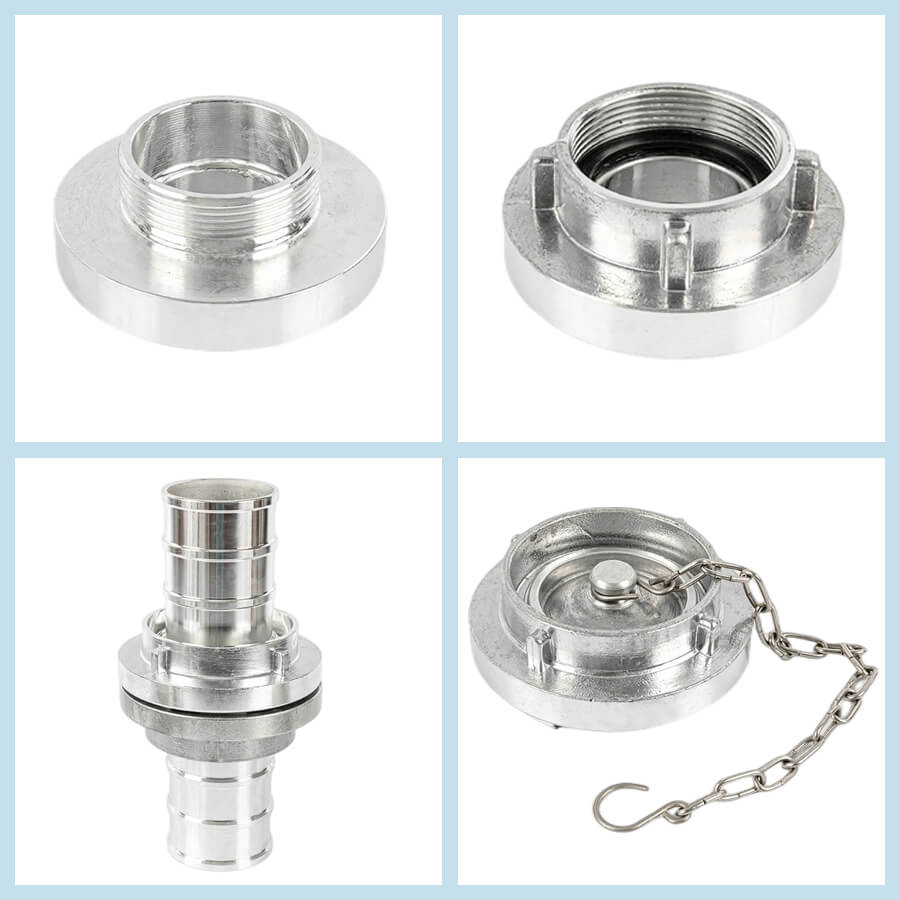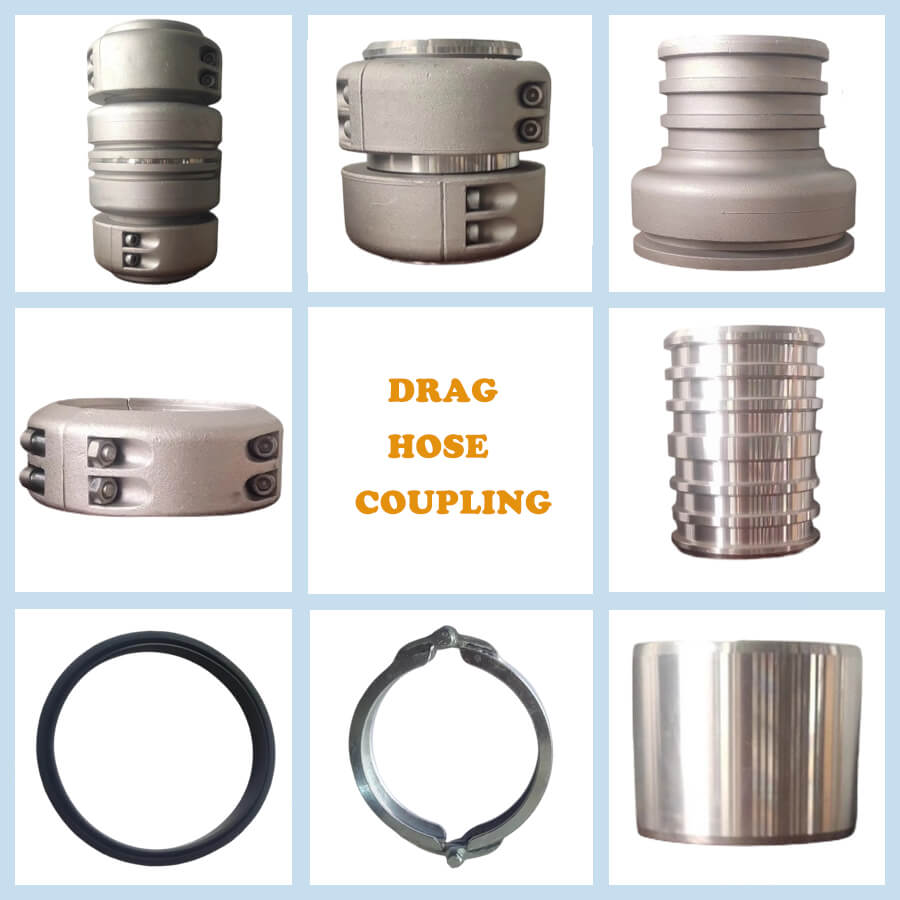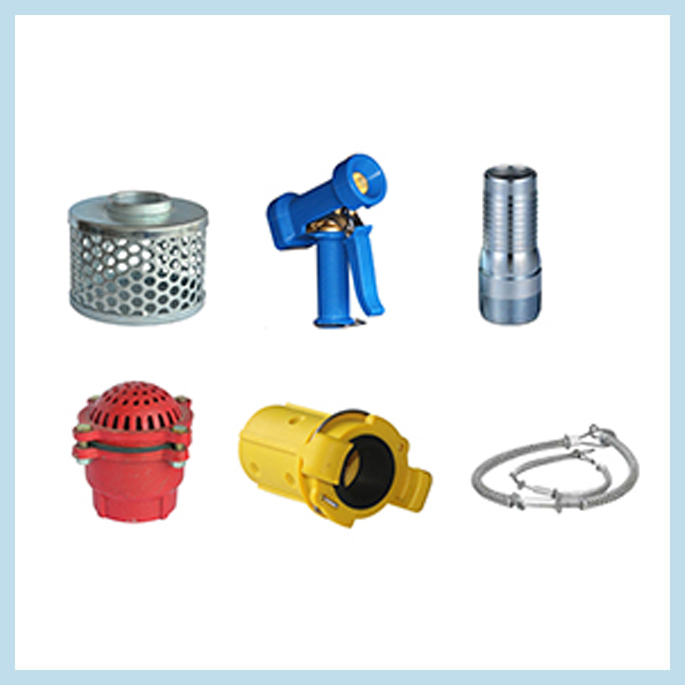Introduction:
In the world of fluid transfer systems, the choice of connectors plays a crucial role in ensuring efficient and reliable operations. Two popular options that often come into consideration are camlock fittings and traditional connectors. This article aims to provide a comprehensive analysis of both types, examining their features, advantages, disadvantages, and applications. By the end, readers will gain valuable insights into which option might be the better choice for their specific needs.
Understanding Camlock Fittings:
Camlock fittings, also known as cam and groove couplings, are quick-connect couplings designed for easy and secure connections. They consist of two parts: the male adapter (cam) and the female coupler (groove). These fittings are commonly made of materials like aluminum, stainless steel, brass, or polypropylene, offering versatility in various industries.
Advantages of Camlock Fittings:
– Quick and easy connections: Camlock fittings provide a simple and efficient way to connect and disconnect hoses or pipes, saving time and effort during assembly or maintenance.
– Versatility: With a wide range of sizes and materials available, camlock fittings can be used in various applications, including fluid transfer, chemical processing, food and beverage, pharmaceuticals, and more.
– Leakage prevention: The secure locking mechanism of camlock fittings ensures a tight seal, reducing the risk of leaks and spills.
– Interchangeability: Camlock fittings are designed to be interchangeable, allowing for easy compatibility between different systems.
Disadvantages of Camlock Fittings:
– Limited pressure and temperature range: Depending on the material used, camlock fittings may have limitations in terms of pressure and temperature resistance, making them unsuitable for certain high-pressure or high-temperature applications.
– Potential for misalignment: Improper alignment during connection can result in leakage or damage to the fittings, requiring careful attention during installation.
Exploring Traditional Connectors:
Traditional connectors encompass a wide range of options, including threaded fittings, flanges, and compression fittings. These connectors have been used for many years and offer their own set of advantages and disadvantages.
Advantages of Traditional Connectors:
– Wide range of materials: Traditional connectors are available in various materials like stainless steel, brass, PVC, and more, allowing for compatibility with different fluids and environments.
– High-pressure and temperature capabilities: Depending on the type and material, traditional connectors can withstand extreme conditions, making them suitable for demanding applications.
– Precise fitting: Traditional connectors often provide a precise and secure fit, ensuring minimal leakage and efficient fluid transfer.
Disadvantages of Traditional Connectors:
– Complex installation: Traditional connectors may require more time and effort for installation compared to camlock fittings, involving threading, tightening, and potential use of additional tools.
– Limited interchangeability: Unlike camlock fittings, traditional connectors are not always interchangeable between different systems, requiring careful consideration during selection and installation.
Applications and Use Cases:
The choice between camlock fittings and traditional connectors depends on the specific requirements of the application. Here are some common use cases for each:
– Camlock Fittings: These fittings are commonly used in industries such as agriculture, petroleum, chemicals, food and beverage, and firefighting. They are ideal for applications that require frequent connections and disconnections, where efficiency and ease of use are crucial.
– Traditional Connectors: These connectors are often preferred in industries such as oil and gas, chemical processing, power generation, and industrial manufacturing. They excel in applications that demand high-pressure or high-temperature resistance, as well as precise fitting and compatibility with specific fluids.
Conclusion:
Both camlock fittings and traditional connectors have their own advantages and disadvantages, making them suitable for different applications. Camlock fittings offer quick and easy connections, versatility, and leakage prevention, while traditional connectors provide high-pressure and temperature capabilities, precise fitting, and compatibility with specific fluids. The choice ultimately depends on the specific requirements of the system. By understanding the features and applications of both options, users can make an informed decision to ensure efficient and reliable fluid transfer operations.
Company Name: Fuzhou Hengsheng Hardware Co.,Ltd. camlock fittings suppliers
Address: 195 Zhangbei Rd., Yexia Industrial Zone, Changshan Dist., Fuzhou 350001 Fujian, China
Telephone: +86 591 83467708
Fax: +86 591 88036632
Contact person: Barry Pan
Whatsapp: +86 13959139998
Email: ventas_racores@163.com
Contact us: https://www.hengsindustrial.com/contact-us/
Our main products are:
Camlock coupling, Composite hose coupling, Firefighting, DIN standard, Hose clamp, Air coupling, Steam hose coupling, Interlocking clamp, Bauer coupling, Layflat hose, Miscellaneous products.
camlock,hose camlock fittings,camlock coupling,cam lock fitting,camlock coupling supplier,kamlocks,stainless steel camlock coupling,kamlock,camlock fitting stainless,cam lock fitting
Please Click The Following Photos to See More Information of Our Products.




